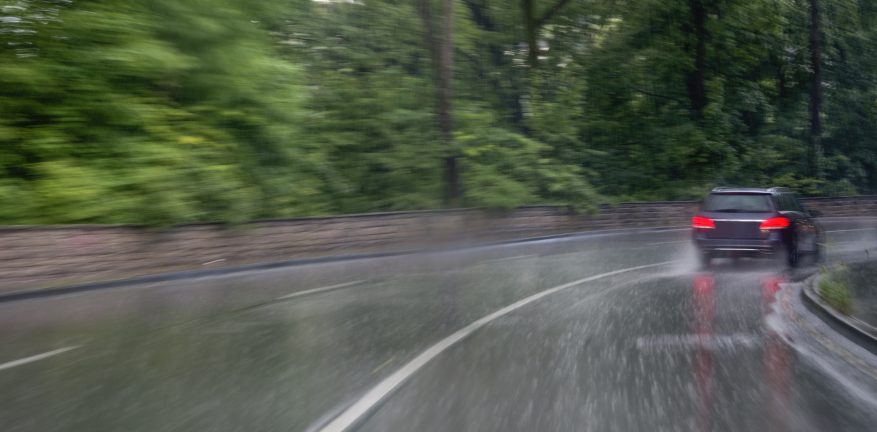New technology helps driverless cars navigate bad weatherNew technology helps driverless cars navigate bad weather

A novel artificial intelligence system has been developed that allows autonomous vehicles (AVs) to navigate better in adverse weather.
Researchers from Oxford University’s Department of Computer Science worked alongside a team from Bogazici University, in Istanbul, Turkey on the project. Their findings were published in the peer-reviewed scientific journal, Nature Machine Intelligence.
The abstract spells out what the researchers hoped to address: “The ability to know their precise location on the map is a challenging prerequisite for safe and reliable AVs due to sensor imperfections under adverse environmental and weather conditions, posing a formidable obstacle to their widespread use.”
In essence, AVs run an increased risk of detecting themselves in an incorrect position in extreme weather such as heavy rain, sleet or snow, which could affect sensors. This could have dangerous consequences in certain scenarios, if, for example, the AV detected itself in an incorrect lane before a turn or at the wrong position at an intersection, where it might fail to stop in time.
To address this, the researchers developed a novel, self-supervised deep-learning model for what is known as “ego-motion estimation.” This is a key component of an autonomous driving algorithmic stack that estimates the car’s moving position in relation to obstacles observed from the vehicle.


